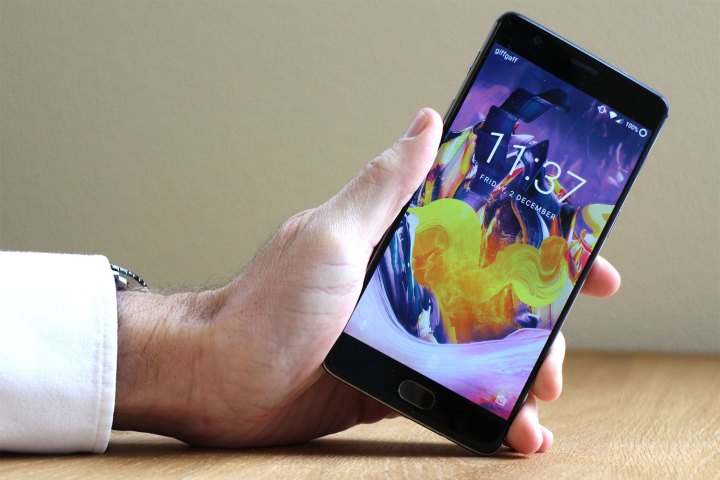
To express his discontent, the executive, named Lao Shi, went to his Weibo page to comment that 4GB of RAM is sufficient for smooth smartphone operation. According to Shi, tests have proven that Huawei phones featuring only 4GB of RAM actually withstand the test of time more successfully than phones with 6GB of RAM. The main point of focus, Shi says, is optimizing the operating system — after all, he noted, Apple’s iOS doesn’t need a big RAM in order to function properly.
He also pointed out that much of the focus on getting to 6GB and even 8GB is more about competition between brands than actual technology. Shi went so far as to say that the struggle is similar to the arms race between the U.S. and the Soviet Union during the Cold War. Really, Shi said, adding 2GB or even 4GB of RAM to a perfectly fine phone simply drives up the cost without adding much by way of value.
So sure, if you really want to claim the bragging rights that come along with ownership of a big phone (when it comes to memory), have at it. Shi, after all, isn’t suggesting that they’re bad. But are they absolutely necessary? It seems that in the opinion of this executive, the answer is a resounding “no.”


